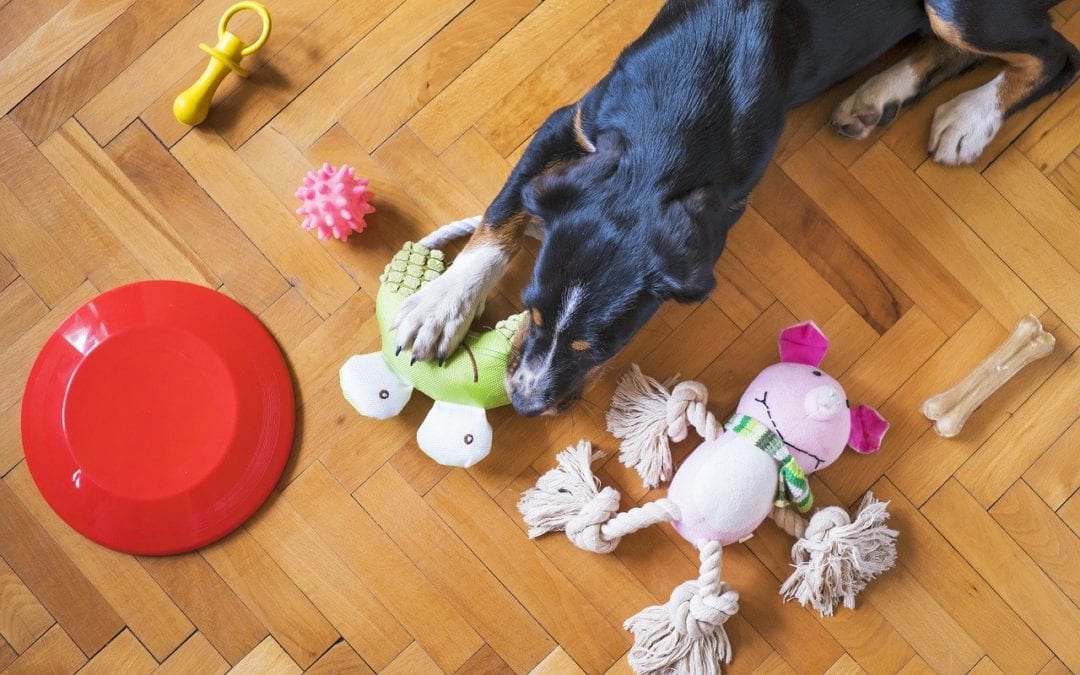Why do dogs chew?
We all know dogs love to chew. Puppies chew to soothe their gums when they are teething and chewing continues to be a soothing behavior for many dogs during their lives. Chewing is also a natural way to keep teeth clean and healthy. One danger of chewing is that pets may break off pieces of certain items and swallow them. These can result in damage to their gastrointestinal tract. Blockages that require major surgery also frequently occur. Common items that cause these problems include bones, corn cobs, and clothing.
What are the safest chew items?
Chewing can also cause serious damage to dogs’ teeth. Ideally, dogs should only chew on things softer than their teeth. Examples that fit these criteria include soft toys, rawhide, and nylon bones as well as numerous “dental chews”. IF dogs are given bones to chew on it is important that these bones are resistant to breakage. Dental damage is more likely to occur when dogs chew on bones and other very hard items BUT excessive chewing of ANY item can result in dental damage. Tennis balls are one of the most common culprits because their abrasive covering gradually wears down the protective enamel on the teeth.
How does chewing damage dogs’ teeth?
Many dogs suffer broken teeth from chewing on items that are too hard. Obviously, the best way to avoid this is to carefully monitor and limit chewing with these items. Another very common but more insidious injury occurs over the long term. Over time dogs who are frequent chewers wear down the crowns (parts of the teeth above the gum line). Eventually, the teeth can be worn down so far that the pulp chamber is exposed as shown in the following photo. This is a very painful lesion as the tooth’s nerve and blood vessels are exposed. It is also a pathway for infection into the tooth and bloodstream. Extraction of the tooth is usually required for these injuries.
How can chewing be a safe activity?
Moderation is key. Observe how often and how vigorously your dog chews. Many dogs are gentle chewers or infrequent chewers so are at low risk of injury. If you are the pet parent of an enthusiastic chewer be sure that they have plenty of exercise and attention to decrease the need for chewing. Also, limit their chewing time and inspect chewed items frequently. Any jagged or small items should be removed. With vigilance, your dog should be able to have a satisfying chew life and healthy teeth.

